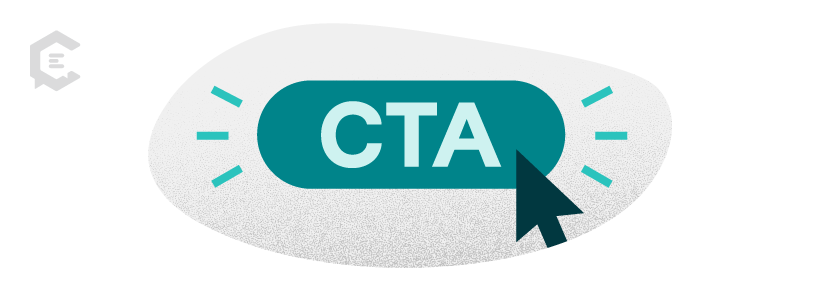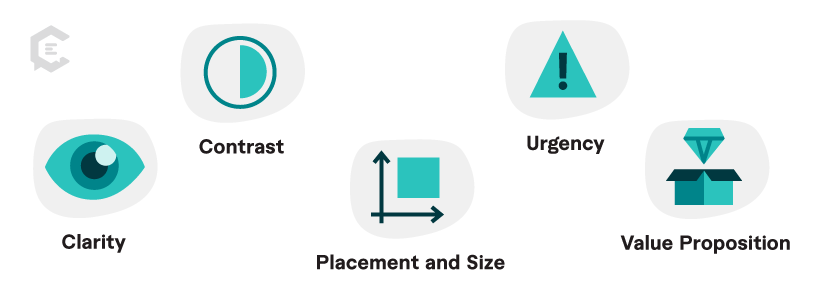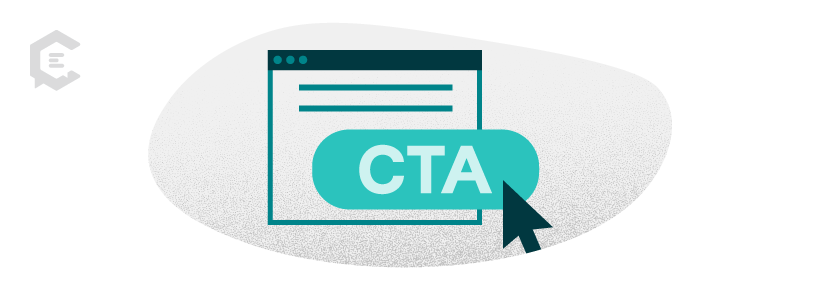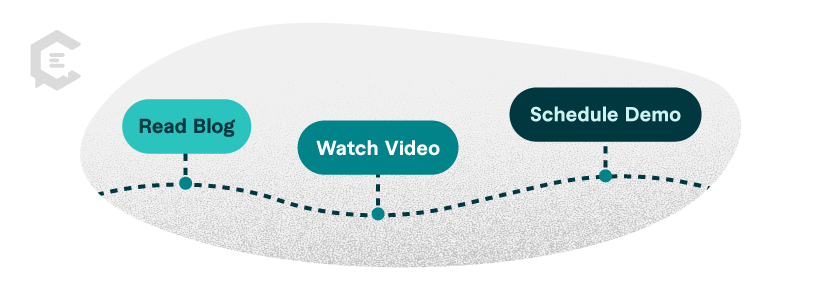What is a call to action?
In a broad sense, a call to action (CTA) is exactly what it sounds like. You are calling upon your reader or your audience to take a desired action, which is usually advancing a step in their buyer’s journey. A CTA is a short, simple piece of verbal content that invites your audience to do what you’d like them to.

Why are CTAs important?
A confused mind says no. With any piece of content – your website, your social media, your email – you are likely introducing a lot of information to your audience. Unless you’re directing them where you want them to go – or pointing them to a specific solution – you’re putting a link in your message and hoping they click on the right one.
How much time would you spend trying to find an “Add to Cart” button before giving up and moving on to the next online store?
Without a call to action, it’s not likely that your marketing will convert. A well-crafted CTA:
- Eliminates confusion
- Encourages action
- Improves conversion
- Helps achieve business goals

How do you create a compelling CTA?
High-converting CTAs have several elements in common:
- Clarity. Keep it simple. What, exactly, are you asking your audience to do?
- Contrast. Visually, your CTA should leap off the page.
- Placement and size. Your CTA should be hard to miss, but not so big as to overwhelm or look spammy.
- Urgency. You don’t want your customers to take action next week; you want them to take action now! How can you convey that in a way that doesn’t feel icky?
- Value proposition. What’s in it for your customers if they take action? Make it clear.
You’ll also want to keep these best practices in mind:
- Use action-oriented words
- Keep it short (Seven words or less)
- Add supporting text
- Place your CTA in multiple places
- Use whitespace to your advantage
Can you build a whole strategy around CTAs?
Glad you asked! You may have different actions that you’d like different audience segments to take, and you may also want to switch up your CTA depending on the platform you’re using. That’s why it’s just as important to have a strategy in place for your CTAs as it is for any other component of your overall content marketing plan.
- Define your goals. What action(s) do you want your audience to take? That will inform how you create your CTAs.
- Know your audience. How will your target audience and/or buyer persona respond to your CTA? What messaging will resonate with them?
- Identify the channels to use. Make sure the CTA aligns with the platform you’re using and doesn’t interfere with the user experience.
- Craft persuasive, actionable CTAs. Make them clear, compelling, and concise.
- Test and improve. It’s a rinse and repeat.

Examples of CTAs
Of course! CTAs can take many forms, so let’s first look at different types of CTAs.
Buyer Persona CTAs
Text CTA: Follow in the footsteps of high-performing account executives.
Button CTA: Achieve Goals
Text CTA: Execute more quality content with less resource strain.
Button CTA: Start Automating
Aspirational CTAs
Text CTA: It’s your turn. Achieve [aspiration] when you partner with our team.
Button CTA: I’m Ready
Text CTA: Make faster, data-driven decisions with [company name] solutions.
Button CTA: Count Me In
Challenge-Solving CTAs
Text CTA: Take the first step in overcoming [challenge X, Y, and Z].
Button CTA: Step 1
Text CTA: Gain a competitive edge with [company name].
Button CTA: Beat the Competition
Testimonial CTAs
Text CTA: “[Company name] cut my IT costs by $2,500 per month.”
Button CTA: Cut Your Costs
Text CTA: “[Company name] helped me protect the time of our [team name] and executives.”
Button CTA: Protect Your Team

CTAs for Different Stages of the Buyer Journey
Education (Top-of-the-Funnel (TOFU))
Email 1: Educate further with a relevant blog post.
Text CTA: Read our most popular blog to understand what real-life [role name (s)] expect.
Button CTA: Read Blog
Consideration (Middle-of-the-funnel (MOFU))
Email 2: Show a video with a relatable customer success story.
Text CTA: See how [company name] transformed [customer name’s] entire process.
Button CTA: Watch Video
Decision (Bottom-of-the-funnel (BOFU))
Email 3: Now it’s time for a chat with a demo scheduling action.
Text CTA: Thousands of [role name {s)] are succeeding with our [product name] solution.
Button CTA: Schedule Demo
And, of course, you can see several more real-life examples from high-performing brands.
Create CTAs That Convert
Whether you’re just getting started with your CTA strategy or you think yours could use a little more Action, ClearVoice is here to help. Talk to a content strategist today about how you can encourage your buyers to continue on their journey!



